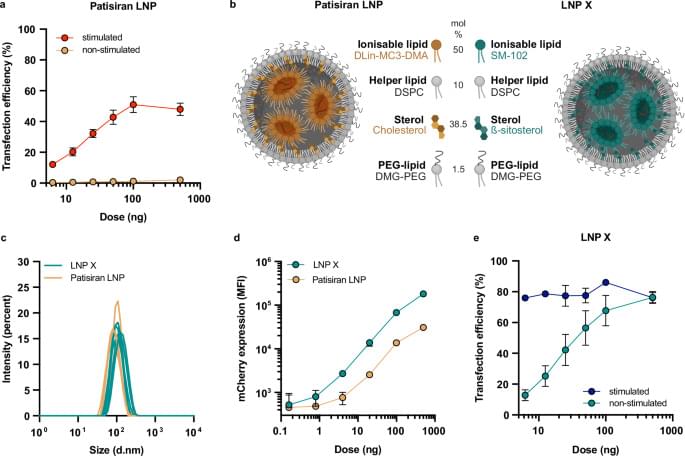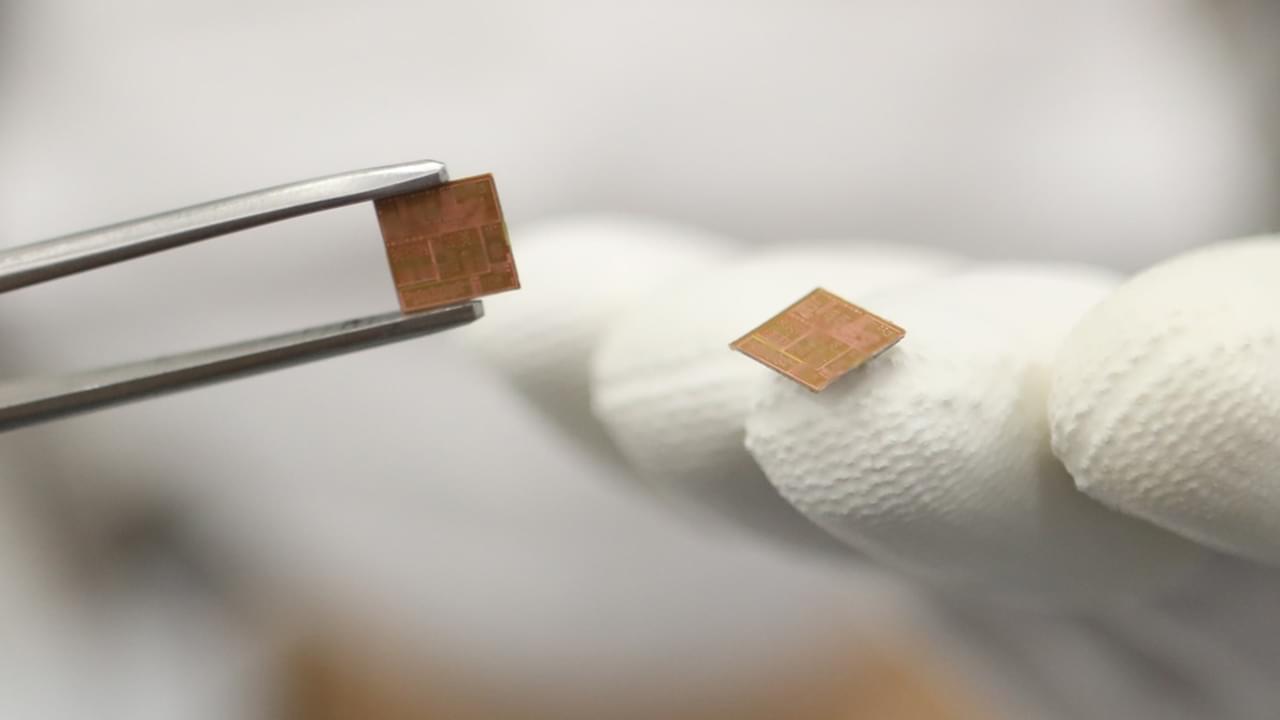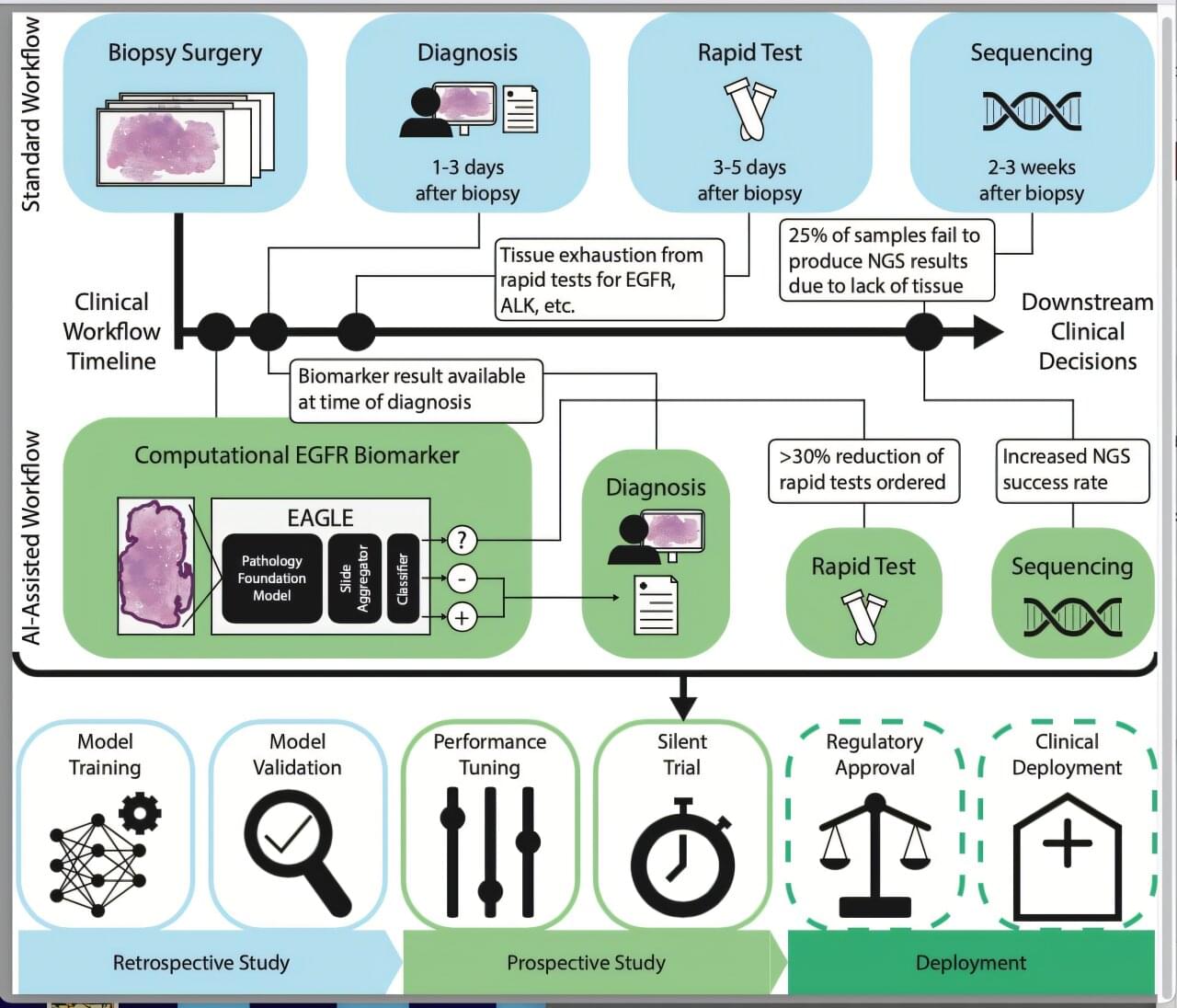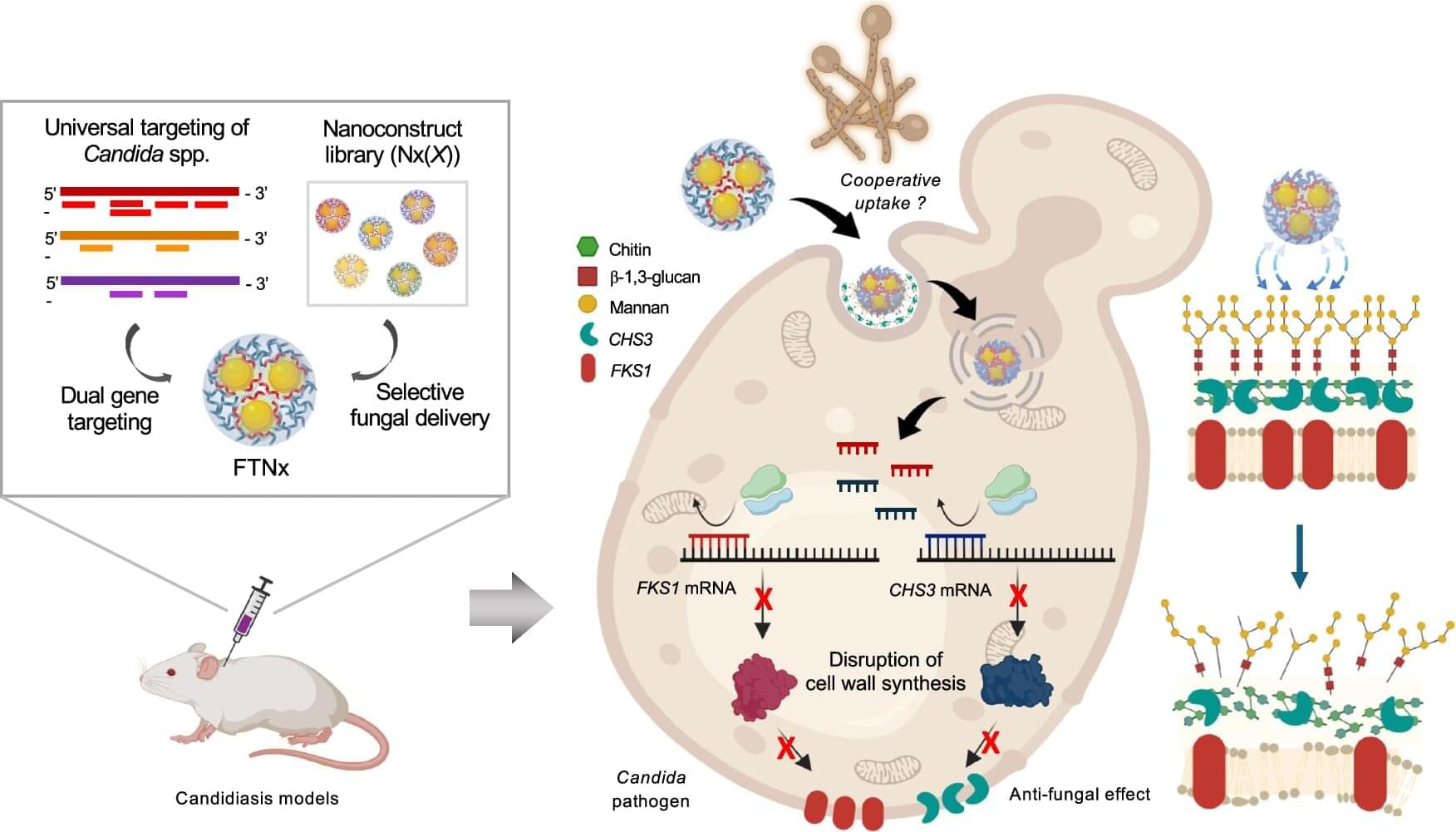A major hurdle to curing HIV is the persistence of integrated proviruses in resting CD4+ T cells that remain in a transcriptionally silent, latent state. One strategy to eradicate latent HIV is to activate viral transcription, followed by elimination of infected cells through virus-mediated cytotoxicity or immune-mediated clearance. We hypothesised that mRNA-lipid nanoparticle (LNP) technology would provide an opportunity to deliver mRNA encoding proteins able to reverse HIV latency in resting CD4+ T cells. Here we develop an LNP formulation (LNP X) with unprecedented potency to deliver mRNA to hard-to-transfect resting CD4+ T cells in the absence of cellular toxicity or activation. Encapsulating an mRNA encoding the HIV Tat protein, an activator of HIV transcription, LNP X enhances HIV transcription in ex vivo CD4+ T cells from people living with HIV. LNP X further enables the delivery of clustered regularly interspaced short palindromic repeats (CRISPR) activation machinery to modulate both viral and host gene transcription. These findings offer potential for the development of a range of nucleic acid-based T cell therapeutics.
Resting T cells are difficult to manipulate, and are a reservoir for latent HIV. Here, the authors develop a lipid nanoparticle formulation with the ability to transfect resting primary human T cells, enabling delivery of mRNAs that result in reactivation of latent HIV. This could help development of HIV cure strategies.







